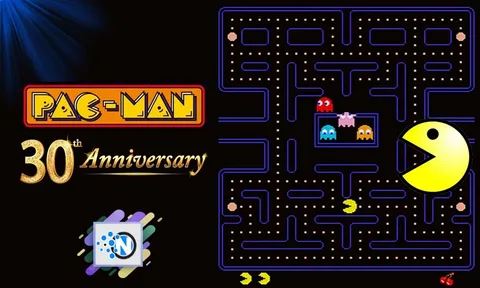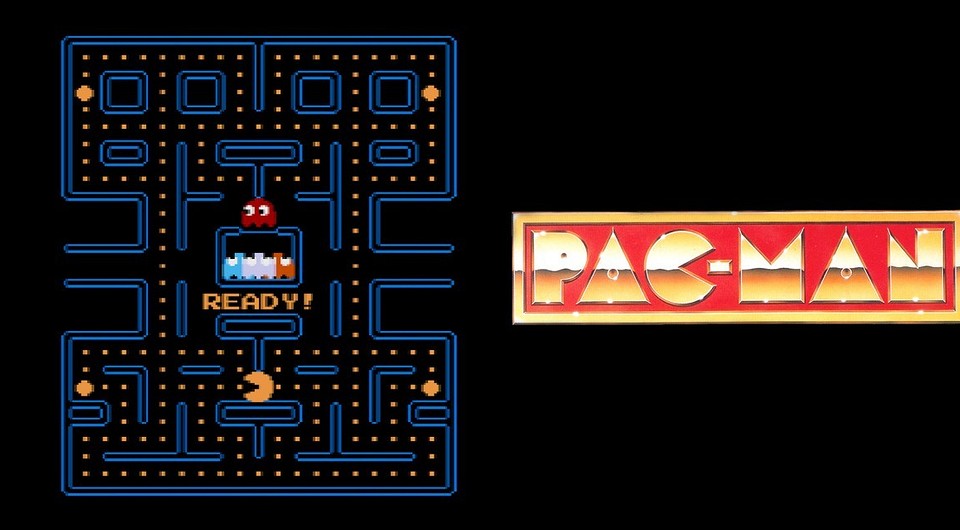In 2010, the gaming world celebrated a monumental milestone — the 30th anniversary of Pac-Man, one of the most iconic and influential video games
In 2010, the gaming world celebrated a monumental milestone — the 30th anniversary of Pac-Man, one of the most iconic and influential video games ever created. Since its launch in 1980, Pac-Man has not only entertained millions but also fundamentally changed how games are designed and perceived. Marking three decades of endless pellet-chomping and ghost-dodging fun, the 30th anniversary was a testament to Pac-Man’s timeless appeal and cultural significance.
This article explores the origins, impact, and celebrations of the Pac-Man 30th anniversary, highlighting why the game continues to captivate players today. A comprehensive FAQ section at the end answers the most frequently asked questions about this legendary franchise.
Must visit: primedomainhub

The Genesis of Pac-Man: Breaking the Mold
Pac-Man was created by Toru Iwatani, a Namco game designer, who wanted to create a game that appealed to a wider audience beyond the traditional predominantly male players of arcade shooters and sports games. Inspired by a pizza missing a slice, he designed a yellow circular character navigating mazes eating pellets and avoiding ghosts.
Released in Japan in May 1980 and introduced to the American market by Midway later that year, Pac-Man quickly became a sensation. Its innovative gameplay, distinctive characters, and non-violent mechanics set it apart in an era dominated by space invaders and shooters.
What Made Pac-Man Revolutionary?
Several factors contributed to Pac-Man’s groundbreaking success:
- A Character With Personality: Unlike abstract shapes common in games of that era, Pac-Man was a lovable character with an expressive design.
- Appealing to a Broader Demographic: The non-violent gameplay and cute characters attracted a diverse audience, including women and children.
- Strategic and Addictive Gameplay: The ghosts each had different behaviors, making the gameplay strategic rather than purely reflex-based.
- Iconic Sound and Visuals: The catchy “wakka wakka” sound and colorful maze left a lasting impression.
This combination helped Pac-Man become the highest-grossing arcade game of its time and a pop culture icon.
Cultural Phenomenon: Pac-Man’s Reach Beyond the Arcade
Pac-Man’s influence quickly went beyond the arcade cabinet:
- Television and Cartoons: The 1982 Pac-Man animated TV show introduced the characters to new audiences.
- Merchandising Boom: The game inspired everything from lunchboxes to clothing, puzzles, and even a hit song.
- Cameos and References: Pac-Man has appeared in numerous games, TV shows, movies, and advertisements, becoming a universal symbol of gaming.
This broad cultural presence helped Pac-Man remain relevant for decades.
Commemorating the 30th Anniversary: A Global Celebration
By 2010, the 30th anniversary of Pac-Man was celebrated by fans and companies worldwide with a variety of events, products, and new games.
New Game Releases and Remasters
Namco capitalized on the anniversary by releasing new versions and remakes of Pac-Man:
- Pac-Man Championship Edition DX: An updated version featuring new maze designs, faster gameplay, and modern graphics.
- Mobile and Console Versions: Pac-Man was adapted to fit smartphones, tablets, and modern gaming consoles, bringing the classic experience to new platforms.
Merchandise and Collector’s Items
The anniversary inspired limited-edition merchandise, such as:
- Apparel featuring retro and modern Pac-Man designs
- Collectible figurines and art books detailing the game’s history
- Special edition consoles and arcade cabinets
Exhibitions and Events
Museums and gaming expos worldwide featured exhibits showcasing the history, impact, and design of Pac-Man, allowing fans to connect with the game’s legacy on a deeper level.
Online and Social Media Engagement
Social media campaigns, fan art contests, and community events engaged global fans in celebrating the milestone, sharing memories, and discovering Pac-Man anew.
Why Pac-Man Remains Relevant After 30 Years
Several key reasons explain why Pac-Man continues to thrive:
Universal and Timeless Gameplay
The simple concept of navigating mazes and avoiding enemies remains engaging and fun for all ages. The balance of skill and strategy has proven timeless.
Nostalgia Factor
Many players have fond memories of Pac-Man from their childhoods or from playing in arcades, creating a powerful emotional connection.
Continuous Innovation
From Pac-Man Championship Edition to mobile games like Pac-Man 256, the franchise has adapted with changing technology while preserving the core gameplay.
Iconic Characters and Branding
Pac-Man and the ghosts are among the most recognizable characters in video game history, which helps maintain interest and relevance.
The Lasting Impact of Pac-Man on the Gaming Industry
Pac-Man influenced countless aspects of game design and culture:
- Character-Driven Games: It proved that games could be built around a relatable character, paving the way for mascots like Mario and Sonic.
- Non-Violent Gameplay: It showed that fun gameplay didn’t need to be violent or aggressive.
- AI Behavior in Games: The unique AI patterns of the ghosts set a precedent for enemy design in future games.
- Cross-Media Success: Pac-Man showed how games could extend beyond the screen into TV, merchandise, and music.
Pac-Man in Modern Gaming Culture
Even decades later, Pac-Man remains a beloved figure:
- Appearing in crossover games like Super Smash Bros.
- Featured in speedrunning communities and competitive gaming events
- Continually adapted for mobile, console, and online platforms
- Inspiring new generations of gamers through retro gaming revival and nostalgia
Frequently Asked Questions (FAQs)
Q1: When did Pac-Man originally launch?
Pac-Man debuted in Japan in May 1980 and was introduced to the U.S. in October 1980.
Q2: Who created Pac-Man?
Toru Iwatani, a designer at Namco, created the game.
Q3: What is the main objective in Pac-Man?
Players navigate mazes, eating pellets while avoiding four ghosts, with the goal of clearing the maze and scoring points.
Q4: What are the names of the ghosts, and do they behave differently?
The ghosts are Blinky (red), Pinky (pink), Inky (blue), and Clyde (orange), each with unique AI behaviors.
Q5: How was the 30th anniversary of Pac-Man celebrated?
The anniversary included special game releases, merchandise, exhibitions, and community events worldwide.
Q6: Why is Pac-Man considered a cultural icon?
Due to its innovative gameplay, wide appeal, and presence in multiple media, Pac-Man is one of the most recognizable symbols of video games.
Q7: Does Pac-Man still have a strong fanbase?
Yes, the game continues to have loyal fans, with new games and appearances keeping the character relevant.
Conclusion
The 30th anniversary of Pac-Man highlighted a remarkable journey of one of the most influential video games in history. What began as a simple maze game designed to appeal to a broad audience blossomed into a cultural phenomenon that has entertained and inspired generations.
Pac-Man’s enduring popularity stems from its timeless gameplay, iconic characters, and the emotional connections players have built over decades. Celebrating 30 years of pellets, power-ups, and ghost chases, Pac-Man continues to remind us all of the magic and joy found in video games.
As gaming evolves, Pac-Man stands as a shining example of how simplicity, creativity, and heart can create a legacy that lasts far beyond its original release.

COMMENTS